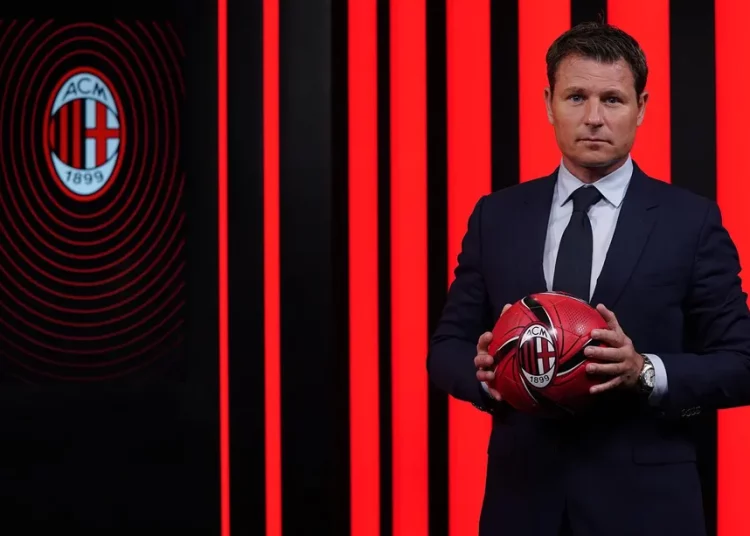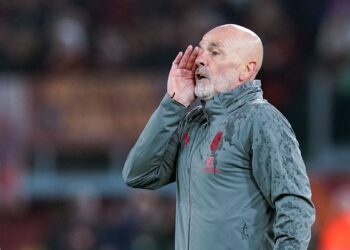On the building of Casa Milan:
"I think the building itself opened 7 or 8 years ago but we built these facilities a year and a half ago when we opened 'The Studios' which is our production facility for all our media and content... Everyone who works on the business side of things, they would be based here (The Studios). Obviously, we have two training grounds: one for the academy and one for the first team and we also have employees based there."
Casper Stylsvig on his role at AC Milan and what he does exactly:
"Everything just revenue related under me except for league deals which have to do with broadcast and also of course sales of players has nothing to do with me. So, everything from marketing, digital, ticketing, hospitality, sponsorships, partnerships, retail and e-commerce is under me."
On the biggest source of revenue for AC Milan:
"The journey we go through at the moment, the centralised broadcasting deal is still the biggest revenue for a club like us, but the way we are traveling, the commercial aspect will have much bigger impact. Within the commercial space, we see a huge growth in partnerships where we've done phenomenally over the last 3 or 4 years. But also this year, we luckily have 100% capacity in the stadium so that is becoming important as well. An area we're really focusing on is retail and e-commerce and that's an area where we have more than tripled the revenue. So we see an intense interest in AC Milan for the time being."
If you think about the NFL in America, it is very big with large media deals, but they have focused recently on international expansion. If the market is saturated, you have to expand. It seems that AC Milan are looking to do similar things, expanding geographically and grow more audience...
"So we are obviously one of the biggest clubs in Italy. The growth we're seeing outside (Italy)? There is huge interest in the club and for the brand in key markets. We are the biggest Italian team in USA. We're the third biggest international team in China. These are big economies. There's a huge growth for football and especially USA, Canada and Mexico will be hosting the World Cup next time around and we see there's a growth potential there. Growth is not only a lot in terms of social media like followers because it's very difficult to commercialise that. But, it's simply growth in the sense that we need to make ourselves relevant. How we do that: obviously winning. Winning is not the cure to everything but it is very important. Having won the Scudetto, we see an increased interest internationally. As a club, we need to grow internationally. Once we have our own stadium, we need to find other revenue streams in order to grow and this is where we see the international market as very important."
On convincing people with low interest in football or in coming to San Siro to support AC Milan:
"With merging entertainment, music and sport, you're hitting a different audience and that's why we have done things quite differently from other clubs over the last four years because we had to. The previous owner in 2018, we weren't performing on the pitch. S owe looked at alternatives to promote. During the pandemic, we had organised a digital concert with some of the biggest artists performing from their living room. We did this with Rocnation and it was a music concert called 'From Milan with Love' which is quite a cool concept and all of this, when you promote yourself in a different manner, you also have the opportunity to attract a different audience. So we look at how to merge these interests because ultimately it's also capturing the fan but it's also important to stick out from the other clubs."
Is AC Milan an entertainment company or a football club? Casper Stylsvig replied with the following:
"(smiles) Depends who you ask. It's a very sensitive question. From where I'm sitting, the product is football. But, I do think that we need to see ourselves as an entertainment company. We need to make sure that when the performance on the pitch is not according to plan, that people still get entertained and how we do that? We don't control the product on the pitch, but we do control the product outside the pitch. If we can develop an experience people would still come for, I think we'd have done pretty well."
"This was a massive brand which has been in decline for a decade. In 2003, we had the same level of revenues as Real Madrid but we fell significantly behind in 15 years. You, as any business, cannot afford to lose 200-300 million euros per year."
The rest of the interview, you can listen to it on Joe Pompliano's YouTube channel below.















